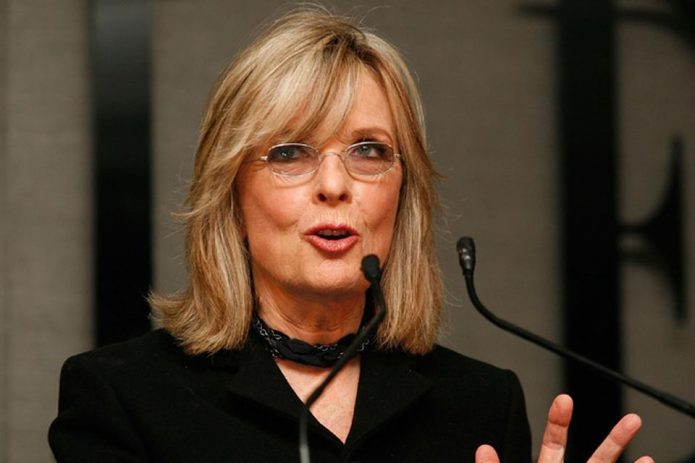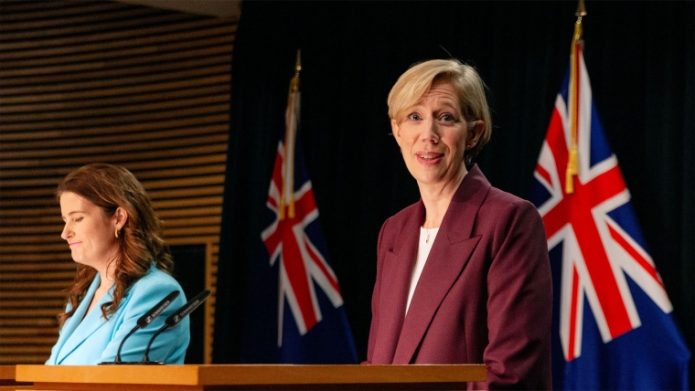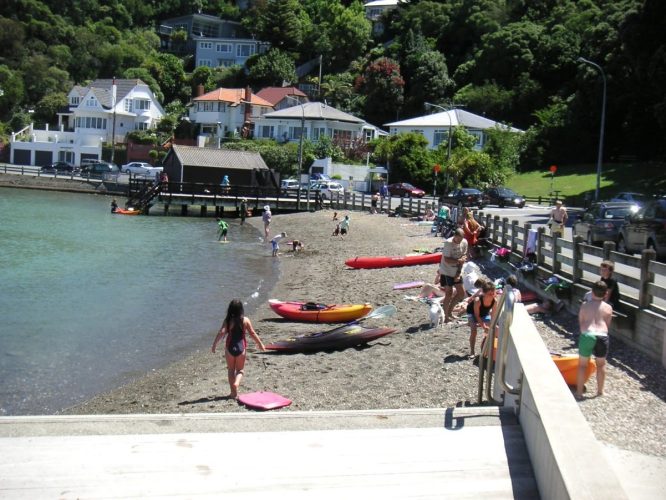PHOTO: Housing prices have soared over the past two years amid historically low interest rates.(ABC News: Riley Stuart)
Size, it seems, really does matter.
A decade ago, when Main Street was forced to bail out Wall Street and taxpayers around the world stumped up trillions of dollars to save commercial banks and the entire capitalist system, it was all the justification that was required.
The banks, they said, were Too Big To Fail. Once again, it has become the phrase du jour.
A few weeks back, it was China Evergrande.
The hopelessly indebted Chinese property developer that is dragging its competitors and the Middle Kingdom’s property market into the mire, is turning into a problem without a solution. Most reckon Beijing will be forced to ride to the rescue in some form, as a total collapse could be catastrophic.
Here’s another one to add to the list: our very own residential property market.
Admittedly, we’re not alone. Almost every developed, and many developing economies, have seen housing and land prices soar in the past two years from already elevated levels.
The reason is pretty obvious: interest rates are at their lowest levels in 5,000 years and households have borrowed like there is no tomorrow, just to get a foothold into the market.
But tomorrow has arrived early. With inflation rising here, and around the world, money markets have gone berserk.
They’ve pushed interest rates, particularly short and medium-term rates, much higher. That’s in anticipation of central banks, particularly ours, being forced to raise rates much sooner than anticipated to clamp down on the rapidly increasing cost of living.
But the desk jockeys are forgetting one very important thing. Central banks may no longer have the capacity to raise interest rates to anywhere near the levels required to slow an inflationary spike. Doing so could send a large number of households, many of which are leveraged to the eyeballs, with loans under 2 per cent, to the wall. And that would cause the economy to tank.
Having created the biggest real estate bubble in history, our very own Reserve Bank now has its hands tied.
Property is now Too Big To Fail.
The problem at a glance
Just to set the scene, here are a couple of eye-watering statistics.
Australians now own $9 trillion worth of real estate. And the nation has whacked on an extra trillion in just the past five months.
We owe around $2 trillion to our banks. And our banks are hugely geared to property, with around 60 per cent of their total loans in residential real estate.
As for household debt, we are world beaters, regularly vying for top spot. As you’ve probably guessed, most of that debt is tied up in housing. And as this graph from the Reserve Bank shows, soaring real estate prices are the culprit.
It’s a neat little merry-go-round. Or, as others may put it, feedback loop.
Nationally, the average housing loan has jumped to $565,000, three times bigger than in 2002.
At first glance, $2 trillion in debt over $9 trillion in valuation looks pretty safe. But the debt is skewed to relatively new property entrants, younger Australians who are crucial to keeping the economy going.
They’re the ones deep in debt. And the speed and level of borrowing in the past 18 months has been something to behold.
READ MORE VIA ABC












